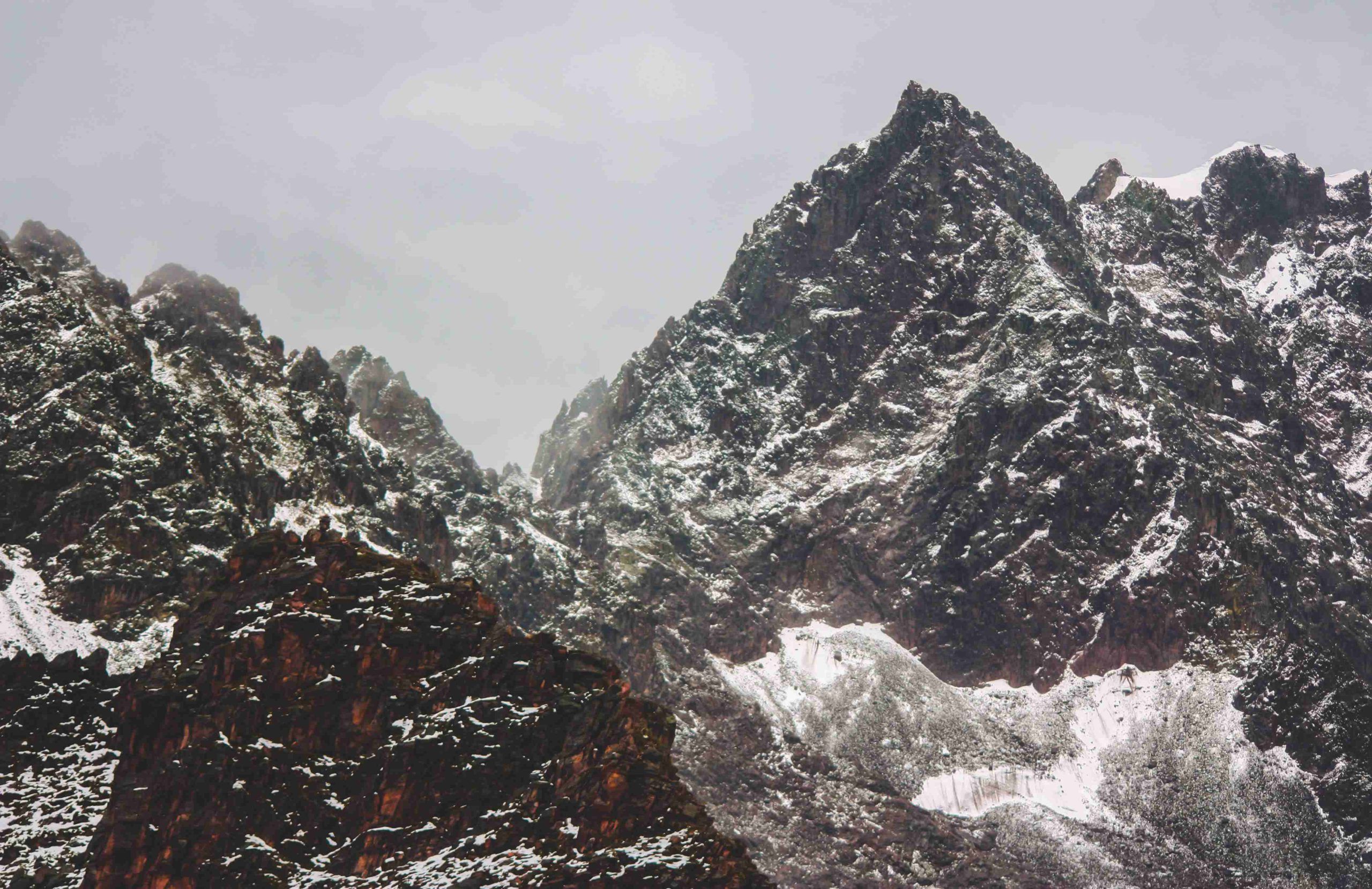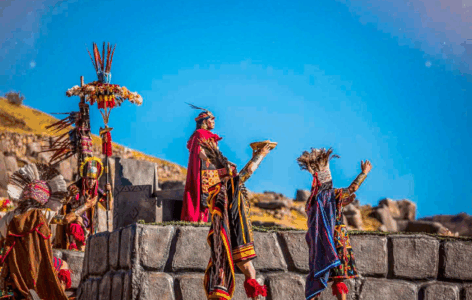In this blog we’ll talk a little about a possible interpretation of the High Altar of the Qoricancha, a design staged in the Temple of the Sun that reflects the cosmogonic conception of the Incas.
It shows us the hierarchies of the Andean criteria; the reasons for correspondence and equality, a symbol that is still being studied.
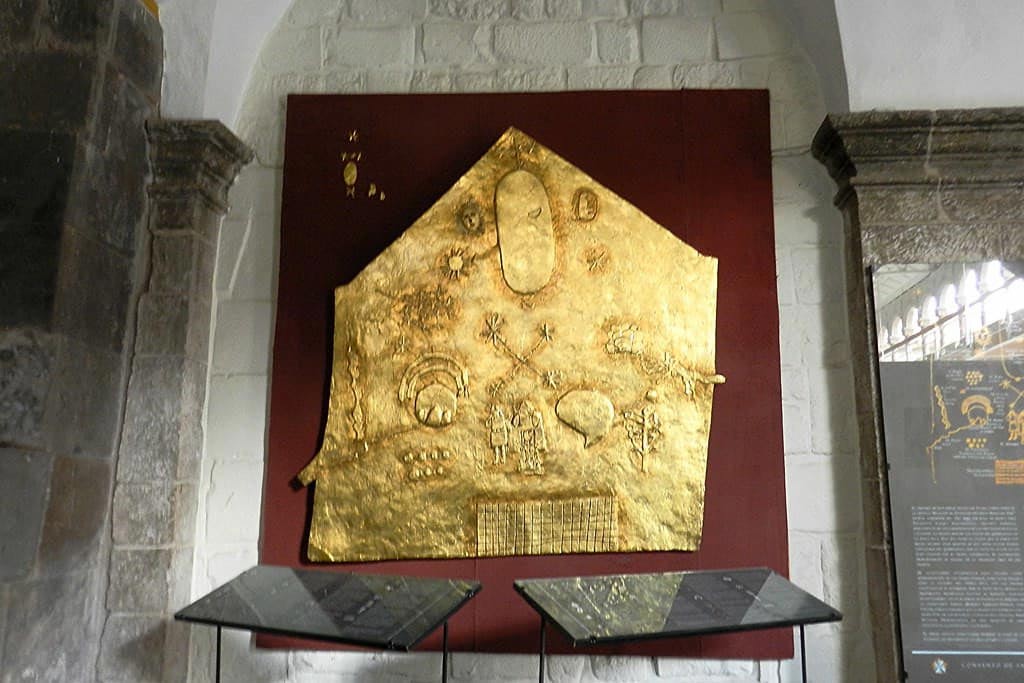
After excavation work carried out at the archaeological site of Qoricancha, a site museum was established showcasing the objects found during the excavations. The museum consists of five rooms displaying various ceramic pieces, tools, and even bone remains. It also features informational panels explaining the Inca way of life from its beginnings to its conquest.
This is the continuation of the previous blog, “What is Pacha.” If you haven’t read it, we invite you to check it out first.
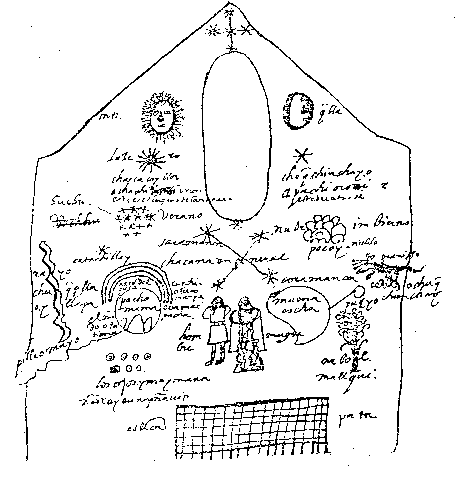
Symbols Description
Universe as a House
The graphic representation of the universe takes the form of a house, indicating the Andean conviction that everyone and everything belongs to a single family under one roof.
Outside the universe or pacha, there is nothing, and inside it, everything is related through the spatial axes of up-down and right-left.
The house symbolizes the cosmic reality (pacha).
Chacana
The chacana is an instrument of utmost value in the cosmogonic conception of the Andeans, used to provide explanation and correlation to the history of peoples, and serves to support lineage.
It has in turn a celestial counterpart in the Southern Cross, a constellation of the southern pole formed by the stars Alpha, Beta, Gamma, and Delta.
The chacana or cross, besides meaning “bridge”, is also “transfer” and “passage”, formed by two lines, vertical and horizontal.
Vertical Line | As Above is Below
The vertical line corresponds to Man, that is, to everything masculine in the Andean conception; it also corresponds to spiritual creation, inheritance, and succession.
The chacana shows us the relationship between Man and Woman, masculine and feminine. It represents the sky and earth, Hanan and Urin.
Emphasizing that this is not about hierarchy but complementarity.
Horizontal Line | Left and Right
The horizontal line corresponds to Woman, that is, to everything feminine; it corresponds to the created, matter, Pachamama, permanence.
This represents day and night, the sun and the moon, and also man and woman. It symbolizes relationality.
When these two lines, marking the levels on the vertical, not exactly at the center, but at heart level, form the chacana.
Tahuan
“Tahuan” besides meaning “4” in Quechua, also signifies complementarity, correspondence, mutual help, and interrelation.
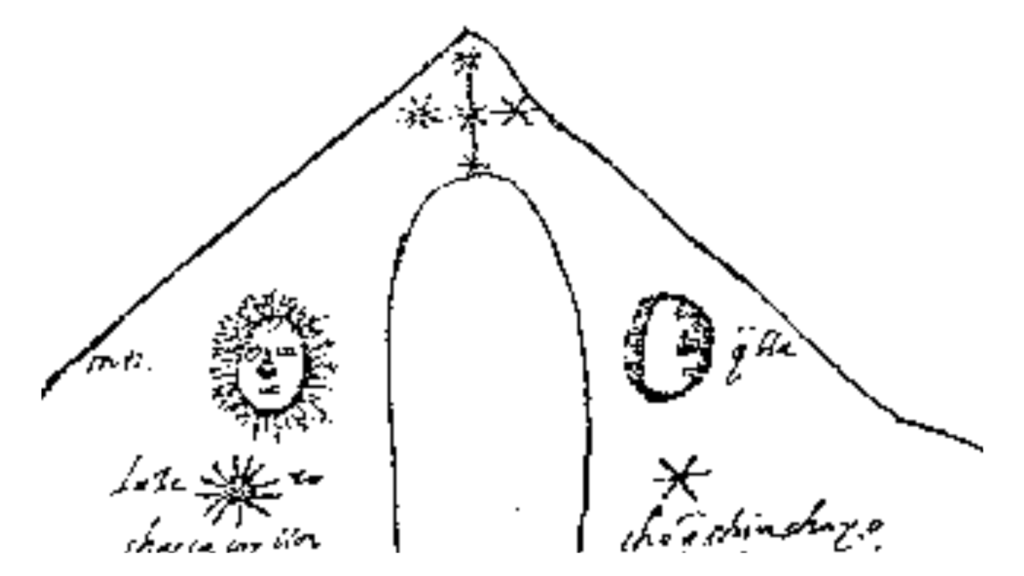
The Sun
The sun, also called Father Inti, is for us the king star, an object of worship and adoration. But not as a god, rather as the motor of all life on earth.
Its rays evaporate the waters that form clouds; the different heating of the earth caused by the sun creates winds that carry these clouds, which then release as rain and snow. These waters irrigate the plants of forests and fields, which adorn themselves with leaves and flowers, producing crops and fruits.
The Incas dedicated coca and maize fields to the sun so that it could enjoy both fruits; they treated the sun as if it were a man like themselves.

The Moon
The moon is the queen star. It is called “Killa” and was revered as the mother of the Incas.
The moon ruled over the nights and was the main goddess, protector, and guardian of women. The Incas considered the moon a healer of many illnesses, and in its light and presence, they performed healings and ceremonies, especially for childbirth.
Like the sun, the moon had its own calendar and governed the timing of planting, irrigation, and harvest. It organized agricultural seasons. Coca leaves read in the moonlight provided information about the deceased and announced the passing of individuals.
Check our Mother Killa blog!
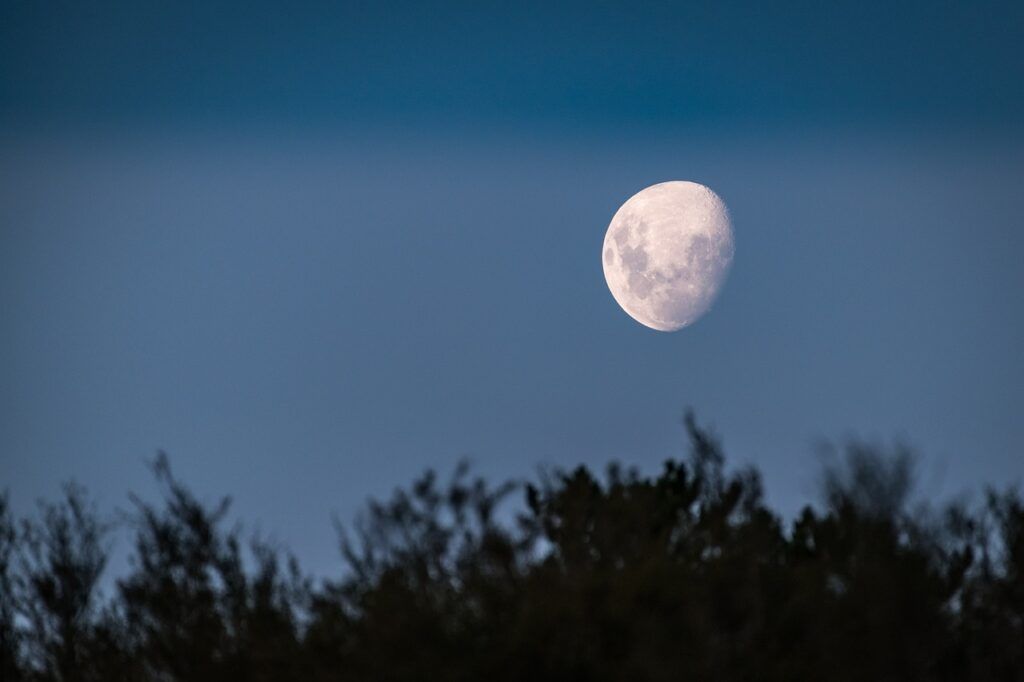
We will continue with the description of the symbols in the future, as you may have noticed it is quite extensive and interesting. Stay tuned!
References:
- Candia M, C; Del Solar, M y Iwaki O, R. (1994). Altar Inka del Ccorik’ancha. Cuadernos Andinos Nº10.
- Estermann, J. (1998) Filosofía Andina. Un estudio intercultural de la sabiduría autóctona andina. Biblioteca Seminario San Antonio Abad, Cusco.
- Salazar Garcés, E. (2014). Astronomía Inka. Arqueoastronomía & Etnoastronomía. Colección Enigmas dl Antiguo Perú. Museo Andrés del Castillo.

